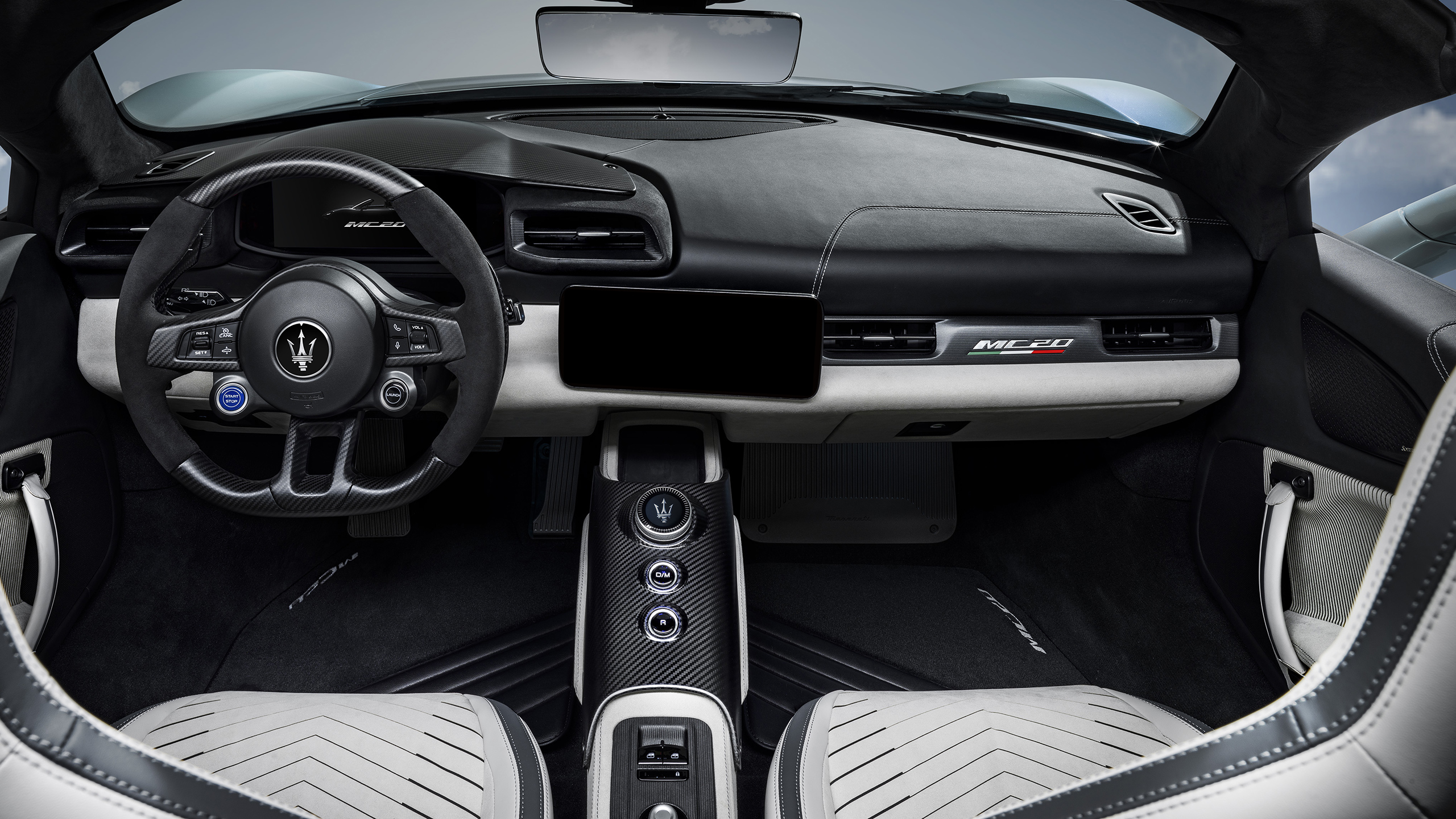Adaptive Cruise Control: The First Step Toward Self-Driving

Self-driving cars may still be in development, but one feature already on the road today offers a glimpse of that future: Adaptive Cruise Control (ACC). It’s a smart upgrade to regular cruise control — and it’s quietly changing the way we drive.
Traditional cruise control maintains a fixed speed. Great on highways, but not much help in traffic. Adaptive Cruise Control takes it further. It uses radar, cameras, and sensors to monitor the vehicle ahead, automatically adjusting your speed to keep a safe following distance. If traffic slows, your car slows too. When it clears, your car resumes speed — no pedals required.
It’s convenient, smooth, and especially valuable in stop-and-go conditions. In fact, many systems now offer “traffic jam assist,” where the car can come to a full stop and restart without driver input — making city congestion far less stressful.
Brands like Honda, Volvo, Mercedes, Hyundai, and Tesla all offer variations of ACC, each with its own approach to spacing, responsiveness, and controls. Some are part of larger semi-autonomous suites, like Ford’s BlueCruise or BMW’s Driving Assistant Professional.
But why does this matter?
Because adaptive cruise control is more than a comfort feature — it’s the foundation of autonomous driving. By allowing the vehicle to interpret traffic flow and make decisions, ACC introduces a level of machine judgment into daily driving. It’s the bridge between human control and full automation.
Of course, it’s not flawless. ACC can sometimes brake too cautiously, struggle in bad weather, or require occasional driver corrections. That’s why most systems still demand hands on the wheel and eyes on the road. But make no mistake — it’s a significant step toward hands-free highways.





